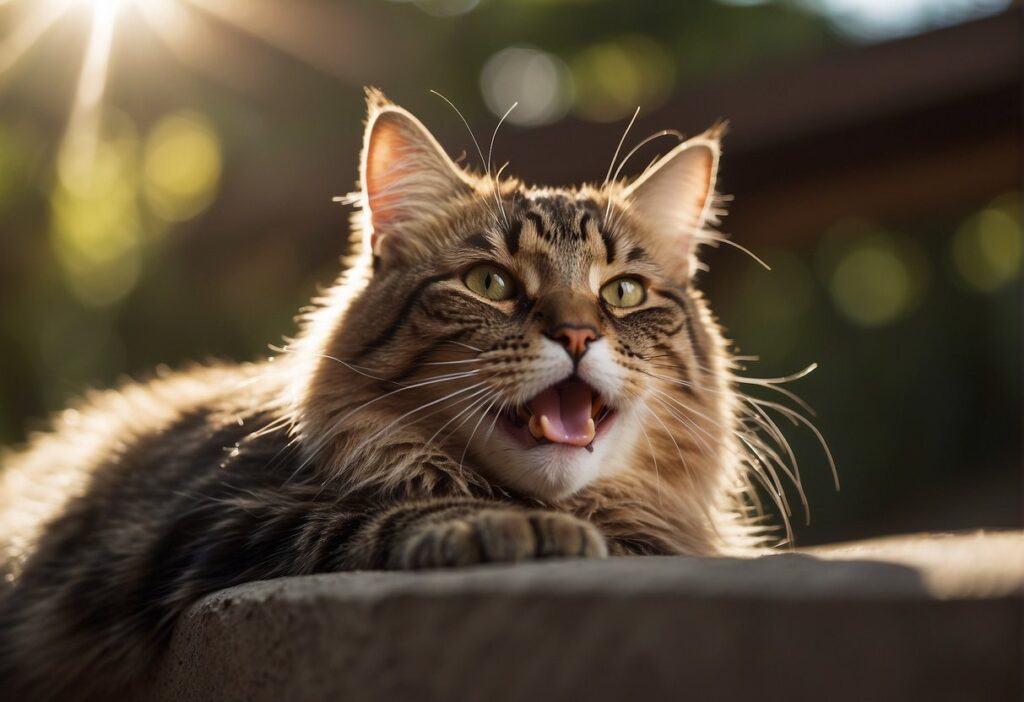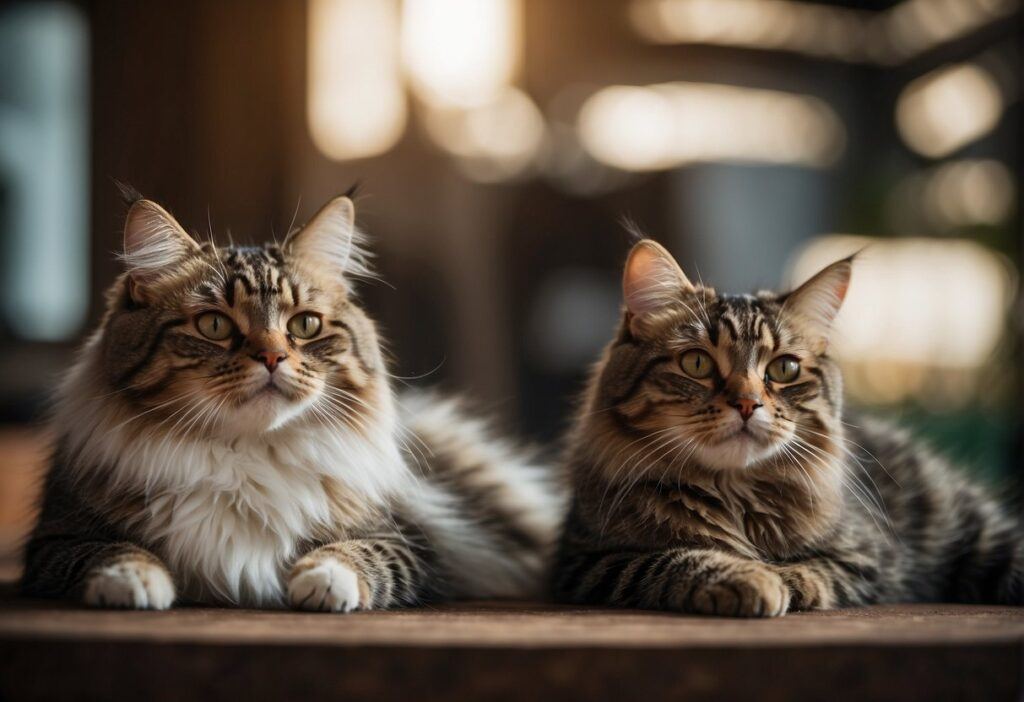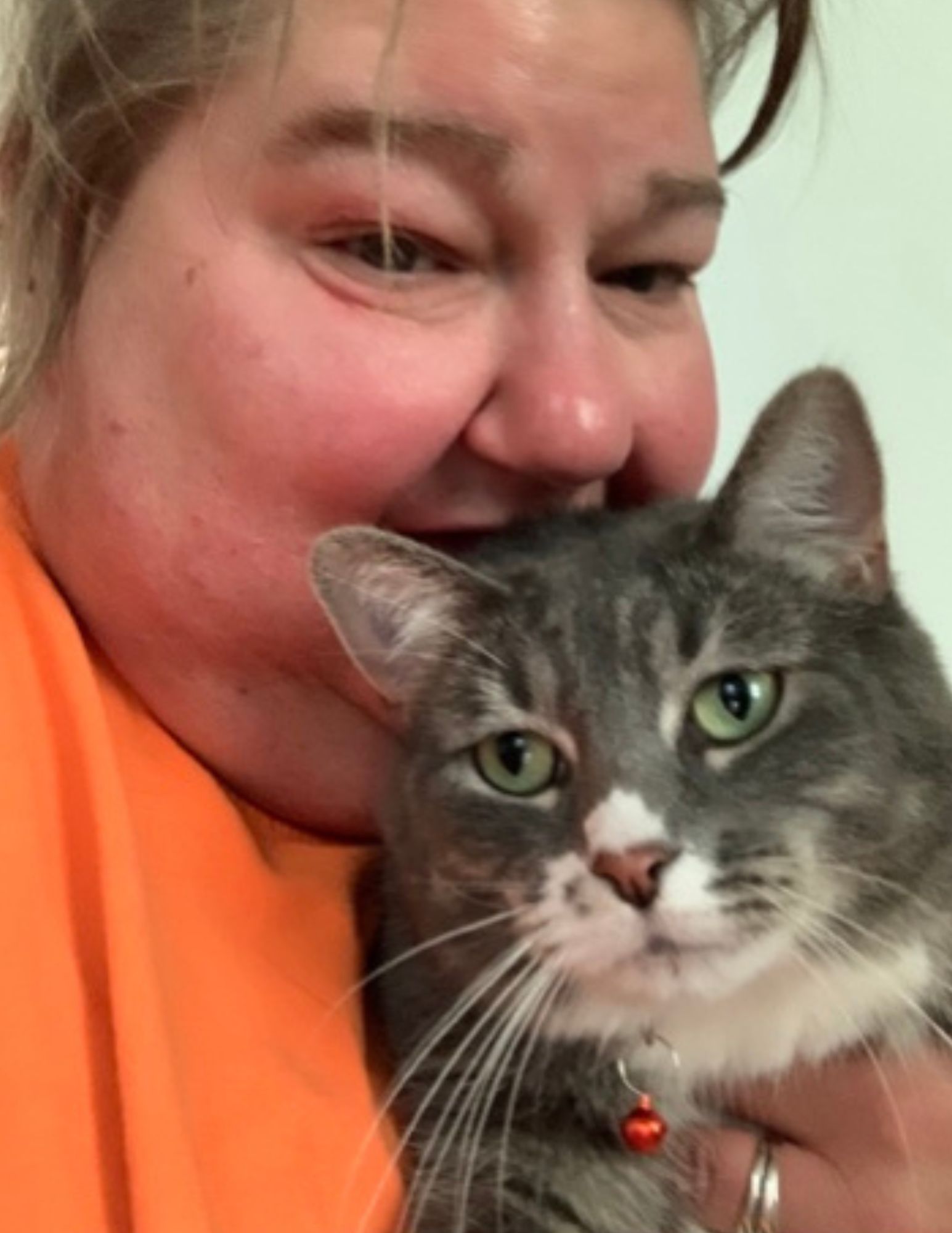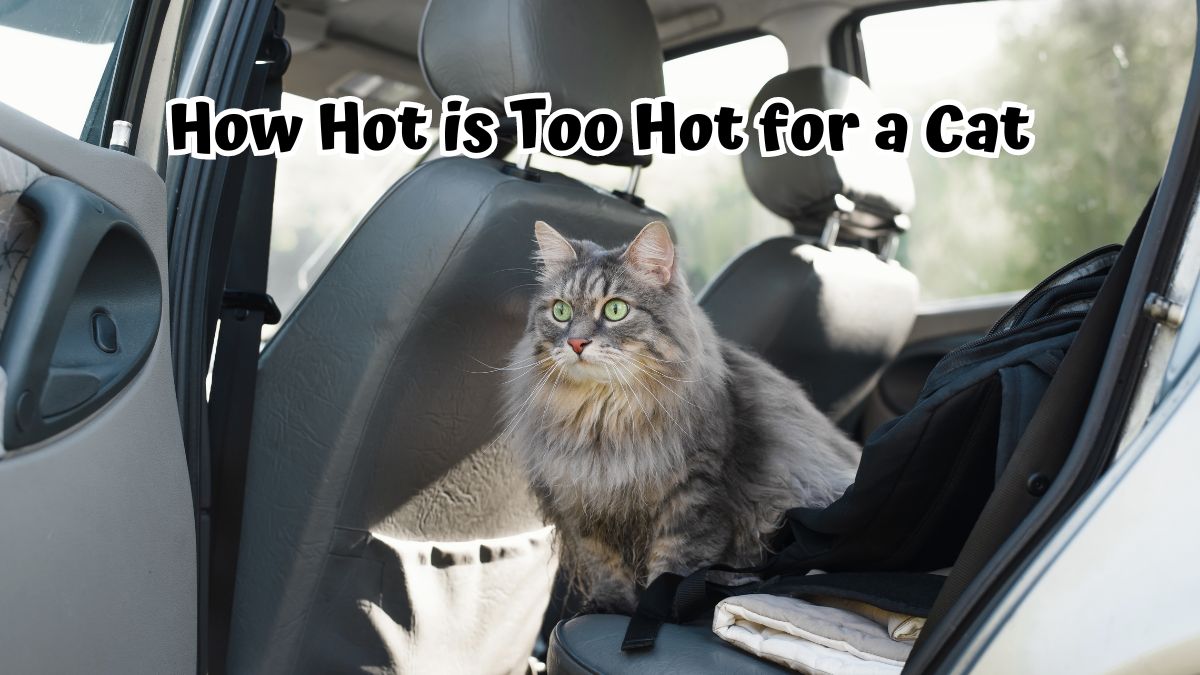As the mercury rises and hotter temperatures become more common, pet owners, particularly those with pet cats, face increasing challenges in ensuring their furry friends stay cool and healthy.
Cats have a higher tolerance for heat than cold, with a normal body temperature between 101.0 and 102.5 degrees Fahrenheit.
However, when the heat index soars, especially during heat waves, the risk of heatstroke and other heat-related issues such as skin cancer becomes a significant concern.
This article is an essential guide for cat owners to recognize the signs of overheating in their pets, understand the cat’s normal body temperature, and take proactive steps to mitigate the dangers of excess heat.
Understanding Feline Temperature Safety

Cats regulate their body temperature differently than humans, and it is essential to know how heat affects them and what constitutes a safe temperature range.
Defining the Heat Threshold for Cats
Cats are comfortable in a range of temperatures and generally have a higher tolerance for heat than cold. The average body temperature for a cat is between 101.0 and 102.5 degrees Fahrenheit.
When ambient temperatures exceed their average body temperature, cats can begin to experience heat stress.
A cat’s tolerance can decline sharply at temperatures that reach or exceed 105 degrees Fahrenheit, putting them at risk for heatstroke.
Impact of High Temperatures on Cats
Sustained exposure to high temperatures can result in a cat’s body overheating, leading to heat exhaustion.
Symptoms of this condition include panting, increased heart rate, and lethargy.
If left unchecked, this can escalate to heatstroke, a critical condition where the body temperature rises above 105 degrees Fahrenheit.
Heatstroke can cause organ failure and requires immediate veterinary care.
Factors Affecting Cat’s Heat Tolerance
Several variables can impact a cat’s ability to cope with heat:
- Age and Health: Young kittens, elderly cats, and those with health issues are more susceptible to heat-related problems.
- Coat Type: Cats with thick or long fur are less efficient at releasing heat.
- Weight: Overweight cats have an increased risk of developing heat-related illnesses.
- Hydration: Access to fresh water is vital for cooling as cats dissipate heat through evaporation from the mouth during panting.
- Acclimation: Cats acclimated to higher temperatures generally have a better tolerance to heat.
Prevention of Heat-Related Issues

Ensuring cats’ safety during hot weather involves creating a comfortable environment, maintaining adequate hydration, and being vigilant for signs of distress due to heat.
Creating a Cool Environment
Cats seek out cool areas to manage their body temperature. Provide access to shaded spaces and consider the following actions:
- Maintain indoor temperatures: Use fans or air conditioning to keep the indoor climate comfortable for your cat.
- Use cooling mats: Cool surfaces help cats regulate their body heat. Offer cooling mats or tiles where your cat can rest.
- Limit sun exposure: Keep blinds closed during peak sunlight hours to avoid indoor spaces from overheating.
Importance of Hydration
Hydration plays a crucial role in preventing heat-related complications. Adopt these practices to ensure your cat stays hydrated:
- Provide fresh water: Always have a clean water bowl available. Multiple water stations encourage cats to drink regularly.
- Consider water fountains: Cats may be enticed to drink more often with the use of running water from a pet fountain.
- Use wet food: Increase fluid intake by incorporating wet food into their diet.
Spotting the Signs of Overheating
Being aware of how cats show signs of heat-related stress is vital. Symptoms to look out for include:
- Signs of heatstroke: Panting, drooling, increased heart rate, restlessness, and lethargy can indicate heatstroke.
- Signs of dehydration: Check for dry gums, loss of appetite, or decreased skin elasticity. If you suspect dehydration or heatstroke, consult a veterinarian immediately.
Caring for Different Types of Cats in Heat

Cats can experience distress when temperatures soar, and each type of cat requires specific care strategies to cope with the heat.
Special Considerations for Indoor Cats
Indoor cats are generally sheltered from extreme weather conditions.
However, lack of ventilation and air conditioning in a home can lead to overheating, especially for long-haired breeds. To prevent heat-related issues:
- Keep fresh, cool water accessible at all times.
- Ensure there are cool, shaded spots for resting.
- Create a cooler indoor environment using fans or air conditioning.
- Brush cats regularly to remove excess fur, reducing heat retention.
Challenges for Outdoor Cats in Hot Weather
Outdoor cats face direct exposure to the heat, which can raise their risk of dehydration and heatstroke. It is essential to:
- Provide constant access to shaded areas.
- Place multiple water stations around with ample supply of fresh water.
- Monitor daily weather forecasts to take preemptive measures during heatwaves.
Outdoor cats may also benefit from a cooling mat or a wet towel placed in their favorite lounging areas to help regulate their body temperature.
Extra Care for Vulnerable Cats
Vulnerable cats, such as young kittens, older cats, and those with medical conditions, need special attention during hot weather.
- Young kittens are less efficient at regulating their body temperature.
- Older cats often have lower tolerance for heat and may suffer from conditions that can be exacerbated by high temperatures.
- Cats with medical conditions such as obesity, heart disease, or respiratory issues may struggle more with the heat.
Care strategies include:
- Scheduling vet visits to ensure they’re as healthy as possible during the summer.
- Watching for signs of heat stress: panting, lethargy, drooling, or rapid heartbeat.
- Keeping vulnerable cats indoors during the hottest parts of the day.
Practical Tips for Keeping Your Cat Cool

While cats often enjoy warm environments, it’s crucial to provide ways to keep them cool and avoid heat stress.
Below are strategies for maintaining a comfortable temperature for your cat during hot weather.
Effective Cooling Techniques
Provision of Cool Water: Always ensure that your cat has access to fresh, cool water. Position multiple bowls around your living space to encourage drinking and help regulate body temperature.
- Air Conditioning: When the temperature rises, keep your home cool with air conditioning. A constant flow of cool air can be very beneficial, especially for long-haired breeds or cats with certain health conditions.
- Ice Cubes in Water: Adding ice cubes to your cat’s water bowl can keep the water colder for longer periods, providing a refreshing drink.
- Wet Towels: Dampen a towel with cool water and gently drape it over your cat’s resting area. Many cats will appreciate lying on or under a cool towel.
- Cooling Mat: Invest in a specialized cooling mat designed for pets. These mats usually contain a gel that stays cool and can provide a comfortable spot for your cat to relax.
Safe Use of Products and Accessories
- Using Cat Water Fountain: A cat water fountain circulates water, and often, its design keeps the water cooler. This encourages drinking and can help keep your cat hydrated.
- Safe Toy Selection: You can offer toys that can be frozen to give your cat a temperature-appropriate object to play with. Always monitor your cat with these toys to ensure they are using them safely.
Remember to introduce new accessories gradually and monitor your cat’s acceptance. Regularly check these products for wear and tear to prevent any possible hazards.
Emergency Responses to Feline Heat Issues
Heatstroke can be a critical and often fatal condition for cats. It is imperative for cat owners to recognize the symptoms of heatstroke and understand when to seek veterinary attention.
Recognizing Heatstroke and Immediate Actions
Cats suffering from heatstroke typically exhibit a combination of the following symptoms:
- High body temperature: A temperature above 102.5°F (39.2°C) is abnormal.
- Bright red gums: Should not be mistaken for healthy pink gums.
- Rapid panting: A sign that the cat is trying to cool off.
- Lethargy: Unusual tiredness or weakness.
- Vomiting: May also include diarrhea.
If you suspect your cat is experiencing heatstroke, take these immediate steps:
- Move them to a cool area, away from direct sunlight, ideally with air conditioning or a fan.
- Apply cool (not cold) wet towels to their body, especially on the head, neck, and chest.
- Offer water but don’t force them to drink.
Contact an emergency vet immediately after initial cooling measures have been applied. Time is crucial for preventing further complications.
When to Seek Veterinary Care
In the case of a heatstroke, immediate veterinary attention is essential. Here are indications that you should seek professional help for your cat without delay:
- Presence of heatstroke symptoms despite cooling efforts.
- Extreme lethargy or unresponsiveness.
- Seizures or collapse.
An emergency vet will provide supportive care which may include:
- Intravenous fluids for dehydration.
- Medications to prevent or treat secondary complications such as brain swelling, kidney failure, or abnormal clotting.
- Continuous monitoring of body temperature and vital signs.
Always contact your vet first if possible, but if the situation is dire, take your cat to the nearest open veterinary clinic.

Meet Ann Haasnoot, the passionate founder of CatFurLife.com. A lifelong cat lover from Wisconsin, Ann combines her extensive feline behavior and care knowledge with her love for writing. On her website, she shares invaluable insights about cat breeds, care tips, and her experiences with her beloved furbaby, aiming to deepen the bond between cats and their human companions.

